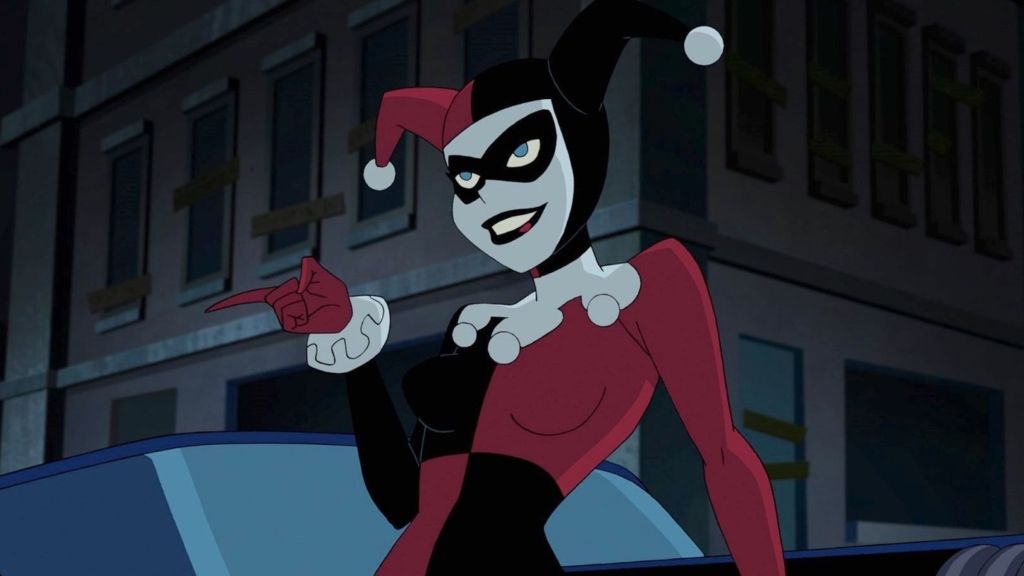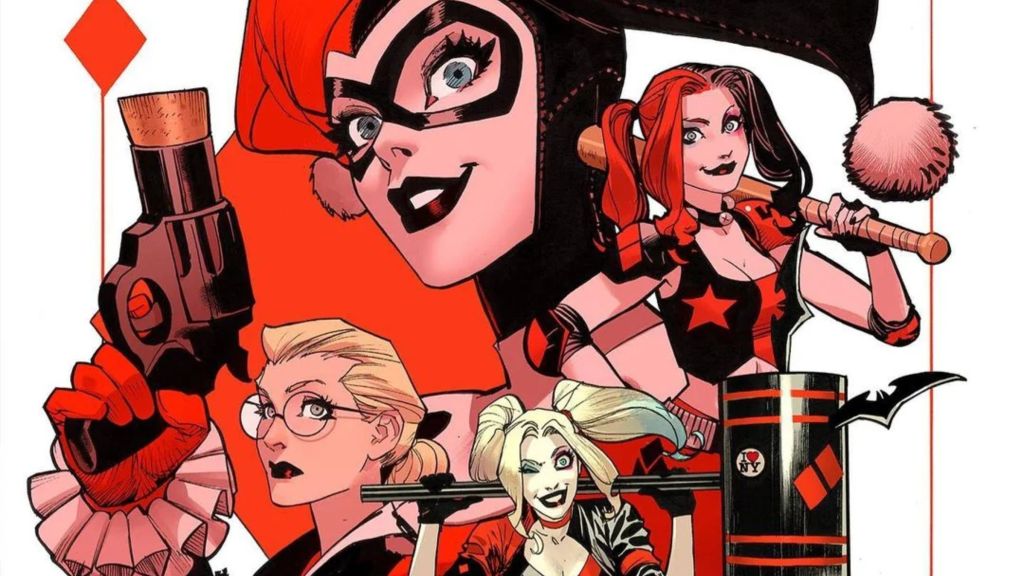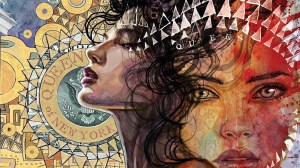Since its inception, DC Comics has created dozens of characters for fans to cherish and love. However, not every character followed the same path. Some began their stories in the comics, while others forged new paths – for better or worse. Over the years, Harley Quinn has filled many roles, such as henchwoman, girlfriend, chaotic-neutral comedian, anti-hero, you name it, she’s given it a go. However, even those who love her story must admit there’s something disjointed in her history. It’s almost like DC Comics can’t decide what to do with Harley. They try breaking new ground, receive criticism, and return to basics. Rinse, reuse, repeat.
Videos by ComicBook.com
Harley Quinn’s story began in 1992; since then, her story has been loved by many but also criticized. Harley and her story have evolved and changed, but also jumped around, bouncing from villain to quasi-hero and back. While all characters change between formats (live-action, animated, comics, etc.), Harley’s transformations are easily some of the most disconnected. Some versions want to lean into Harley’s chaotic side, while others want her to be a slapstick sidekick. Then there’s the version of Harley meant to appeal to the male gaze, or the version of Harley allowed to love as she pleases. It feels like there’s no good middle ground between all of these sides of the same character.
Harley in the Early Days

Harley Quinn debuted in Batman: The Animated Series as Joker’s top henchwoman and girlfriend. Voiced by Arleen Sorkin, Harley comes to the small screen as a conflicted character, one who is madly in love with the Joker. It didn’t take long for viewers to realize how one-sided the relationship was. Even Batman couldn’t resist feeling pity for Harley Quinn during the animated series, and who could blame him? It seemed like a different version of Harley would peek out through her eyes every now and then.
In 1993, Harley’s journey continued, this time in comics. She dove into The Batman Adventures #12, putting her alongside some of her favorite gals (Batgirl and Poison Ivy). Later that same year, The Batman Adventures: Mad Love #1 delved into Harley’s origin story, with a side of toxic romance. Like many in Gotham, Harley has a complex past. She wasn’t always a henchwoman. Before she met the Joker, she was a rising psychology student with so much potential that she discarded it all to be at the Joker’s side.
In other words, just a year into Harley’s adventure, her story had already begun to change. First, she was the Joker’s girlfriend. Then, she was revealed to be a talented psychologist who let her obsession overcome her training. Obsession is the right word, as Harley’s “love” for the Joker drives her to try and kill Batman, as some of her knew the Joker would always prize Batman over her.
[RELATED: Harley Quinn Just Got Her Weirdest (And Most Disgusting) Costume Ever]
An Ongoing Trend

Those were the early days of Harley Quinn. In more recent years, Harley has finally broken free of the Joker’s influence. Her freedom was hard won; as we all know, the Joker doesn’t like to give up his playthings. At times, Harley’s quest to find herself felt empowering and strong. Unfortunately, DC Comics doesn’t know when to stop pushing a character. This battle of love and hate between Harley and Joker has been covered repeatedly in the shows, comics, animated movies, and live-action versions. Every version rehashed the same old conflicts with slightly different takes.
Likewise, Harley has consistently struggled to decide her place in the battles between good and evil. She did the hench thing for a time. Then Harley tried to break out and become her own villain, but that didn’t work. So she tried to become the new Batman sidekick, and boy, was that strange. Harley keeps trying to find a niche for herself, and while that could be a symptom of a very human struggle, it feels more like a lack of communication between her creative teams.
Overall, some parts of Harley’s backstory feel impossible to reconcile with her portrayed personality. Harley is often billed as quirky, quippy, and lovable. But just 12 years ago, Harley killed a bunch of children in Detective Comics #23.2: Harley Quinn. The act was brutal and intentional, done by Harley to prevent her inner psychologist from winning the battle. This is the same Harley who would go on to form the Gang of Harleys, a ragtag group of Brooklyn residents in desperate need of a leader. The same Harley that spent years understanding who she was and the damage her abusive relationship caused. People can and should change, but Harley’s changes have always felt too drastic, sudden, and convenient (for writers).
[RELATED: Harley Quinn Season 5 Finale Feels Like an Ending (And That’s a Good Thing)]
Where Do We Go From Here?

If there’s one silver lining to be had here, it’s that Harley Quinn is a classic fourth-wall-breaking character. As such, she’s openly addressed some of these problems. In Harley Quinn #44 (2024), Harley began pondering when her life went off the rails. It has the potential to feel like a cathartic moment, but that will only ever work if real, lasting change is made to the way Harley Quinn comics are made. If Harley is allowed to have some consistency going forward, this could be a groundbreaking moment in her comic. Realistically, that’s not going to be the case. So we’ll have to wait and see what the next significant change happens to this chaotic, fun, and lovable character.
What do you think? What is your favorite version of Harley Quinn? Let us know in the comments.








